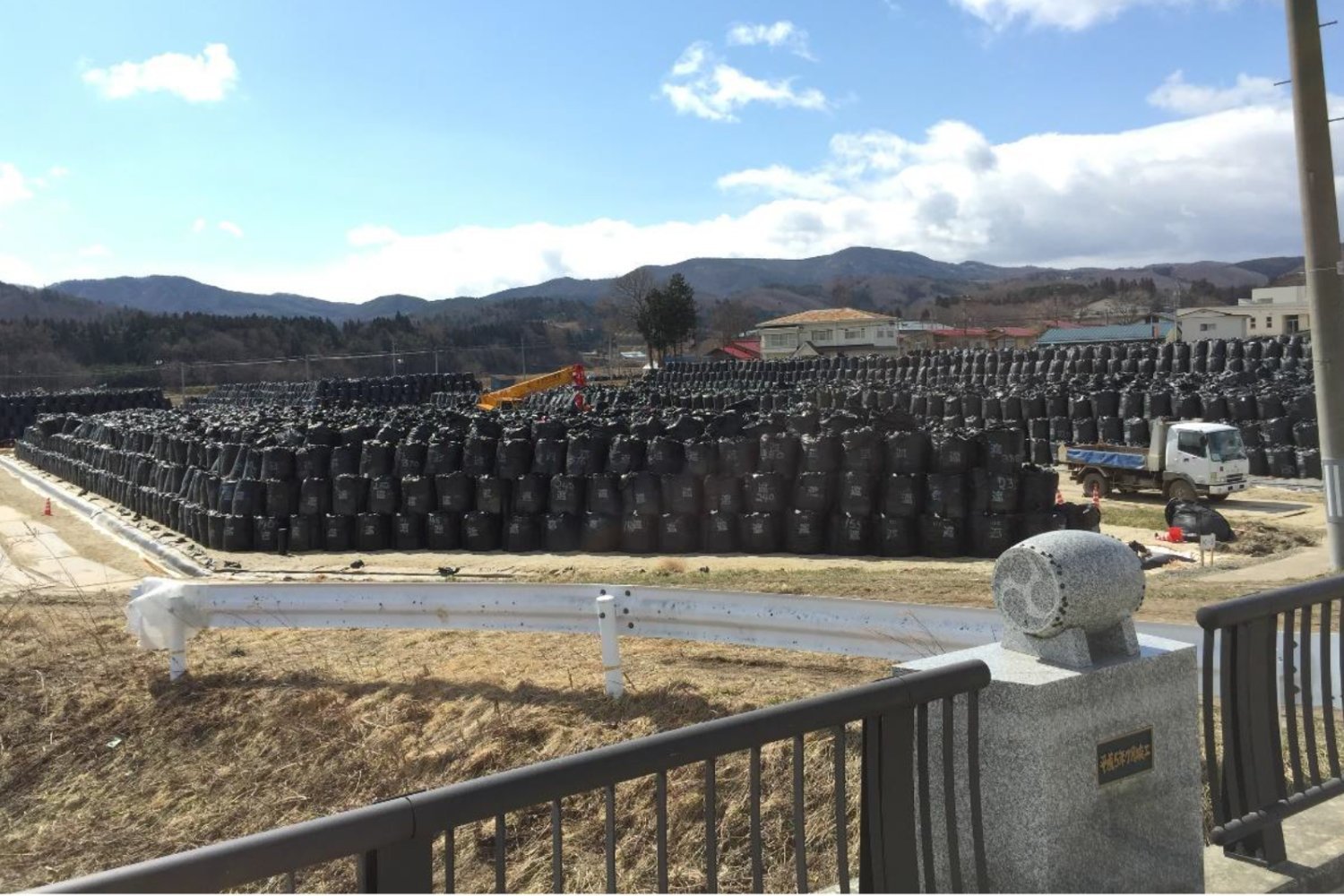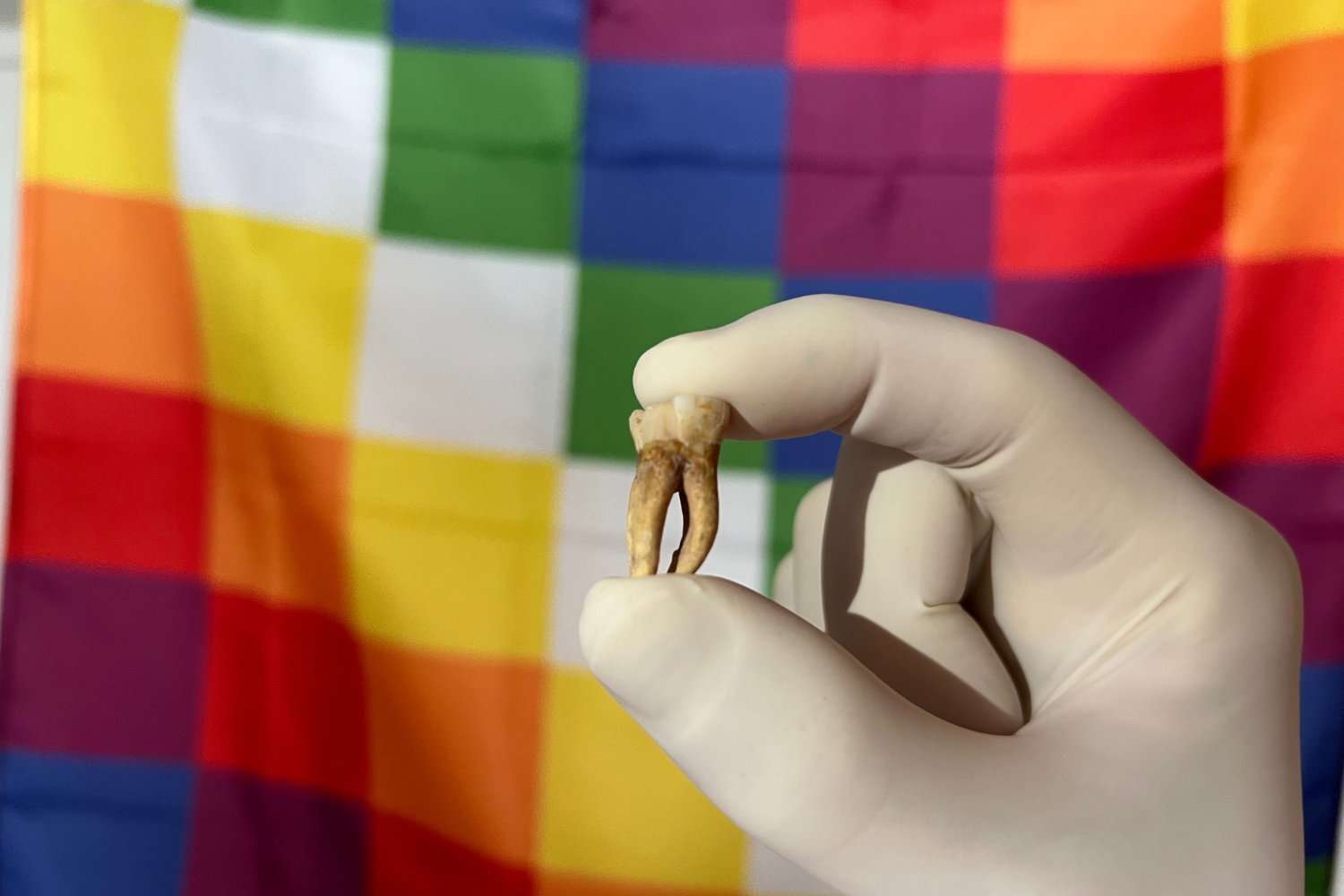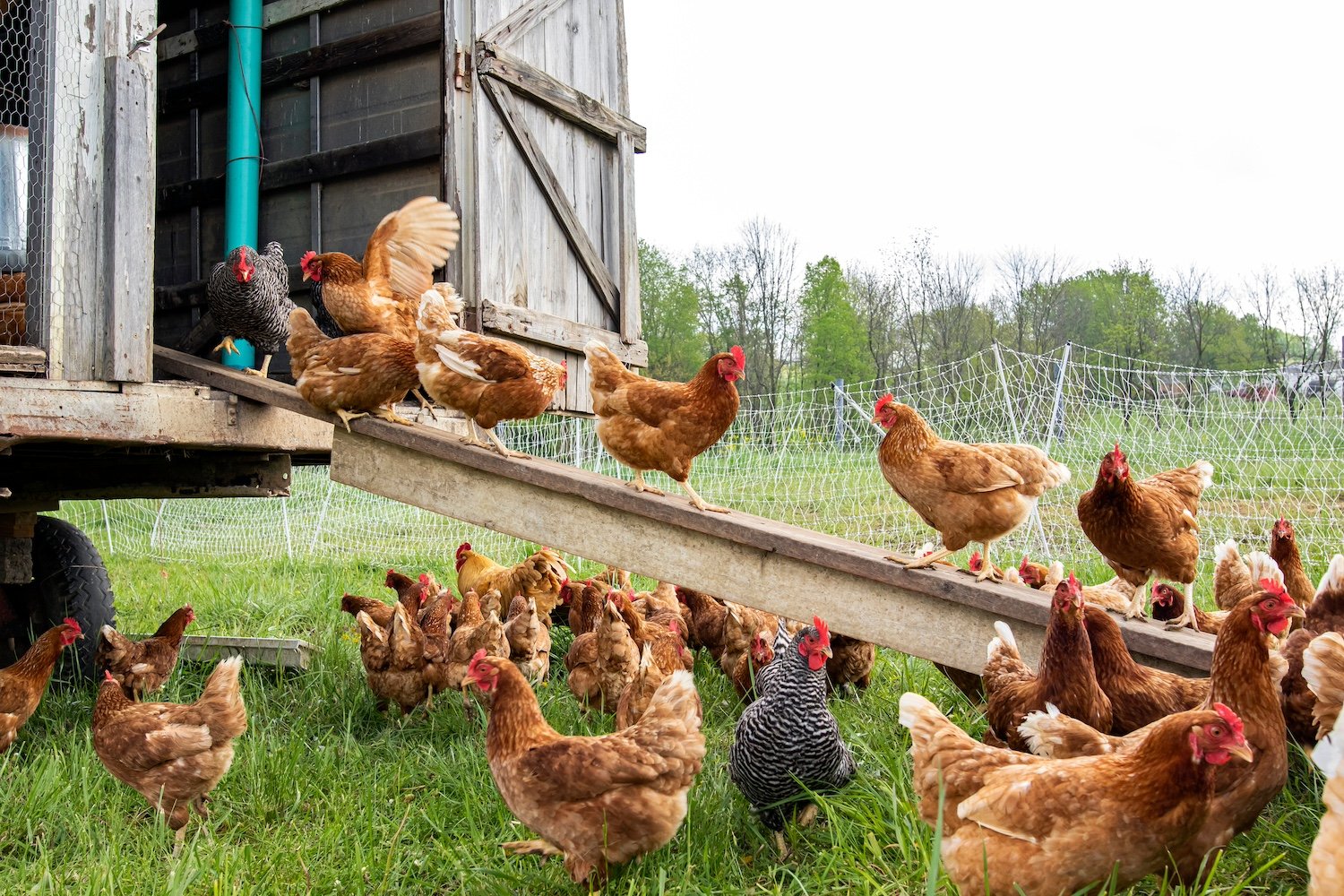As we navigate ongoing public health challenges, COVID-19 is re-entering discussions with the emergence of a new variant: NB.1.8.1. This variant has prompted the World Health Organization (WHO) to designate NB.1.8.1 as a “variant under monitoring” due to its increasing global presence and specific characteristics that may differentiate it from previous strains. Understanding this new COVID variant NB.1.8.1 is crucial for staying informed.
The Current COVID-19 Landscape and NB.1.8.1’s Emergence
More than five years after COVID-19 was declared a pandemic, waves of infections continue. Accurately tracking the virus’s prevalence has become more challenging as testing and reporting have decreased. However, available data indicated that in late May 2025, case numbers in Australia were trending upwards. Genomic sequencing confirms that NB.1.8.1 is among the circulating strains in Australia and is generally increasing. For cases sequenced up to May 6 across Australia, NB.1.8.1’s prevalence varied, from under 10% in South Australia to over 40% in Victoria. Furthermore, wastewater surveillance in Western Australia identified NB.1.8.1 as the dominant variant in samples collected in Perth.
Internationally, NB.1.8.1 is also expanding its reach. By late April 2025, it constituted approximately 10.7% of all globally submitted sequences, a significant rise from 2.5% just four weeks earlier. Although the absolute number of sequenced cases was still relatively modest, this consistent upward trajectory has led international public health agencies to monitor it closely. The variant has shown particular growth in Asia, becoming the dominant strain in Hong Kong and China by the end of April.
![]() Animated graphic depicting the rapid emergence of new COVID-19 variants like NB.1.8.1 and key information.
Animated graphic depicting the rapid emergence of new COVID-19 variants like NB.1.8.1 and key information.
Unpacking NB.1.8.1: Origins and Genetic Makeup
According to the WHO, NB.1.8.1 was first identified from samples collected in January 2025. It is a sublineage of the Omicron variant, specifically descending from the XDV recombinant lineage. A “recombinant” variant emerges when two or more existing variants mix their genetic material.
What Does Early Research Reveal About NB.1.8.1?
Similar to its predecessors, NB.1.8.1 possesses a range of mutations in its spike protein. This protein, found on the virus’s surface, facilitates infection by binding to ACE2 receptors on human cells. Key mutations include T22N, F59S, G184S, A435S, V445H, and T478I. While it’s still early for comprehensive data on these changes, a recent preprint study (not yet peer-reviewed) offers initial insights into why NB.1.8.1 might be gaining momentum.
Using laboratory models, researchers discovered that NB.1.8.1 exhibited the strongest binding affinity to the human ACE2 receptor among several tested variants, suggesting it might infect cells more efficiently than earlier strains. The study also assessed how effectively antibodies from vaccinated or previously infected individuals could neutralize the variant. The findings indicated that the neutralizing antibody response to NB.1.8.1 was approximately 1.5 times lower compared to another recent variant, LP.8.1.1. This suggests individuals infected with NB.1.8.1 could be more likely to transmit the virus.
Expected Symptoms of NB.1.8.1 Infection
Current evidence suggests NB.1.8.1 may spread more readily and could partially evade immunity acquired from prior infections or vaccinations. These characteristics likely contribute to its increasing presence in sequencing data. Crucially, the WHO has not yet reported any evidence that NB.1.8.1 causes more severe disease than other variants. Reports indicate that symptoms of NB.1.8.1 are expected to be similar to those of other Omicron subvariants. Common symptoms include sore throat, fatigue, fever, mild cough, muscle aches, and nasal congestion. Some individuals may also experience gastrointestinal symptoms.
Vaccine Effectiveness Against the NB.1.8.1 Variant
The NB.1.8.1 variant could potentially play a notable role in upcoming respiratory illness seasons. Public health strategies continue to emphasize close monitoring, ongoing genomic sequencing, and the promotion of updated COVID-19 booster vaccinations. Even if neutralizing antibody levels are modestly reduced against NB.1.8.1, the WHO has stated that current COVID-19 vaccines should still offer protection against severe disease from this variant.
The most recent COVID-19 boosters available in many regions target the JN.1 variant, from which NB.1.8.1 is a descendant. This lineage suggests that current boosters should still provide substantial protection.
As we face new variants like NB.1.8.1, staying updated on vaccinations is important. If you are eligible, consider getting a COVID-19 booster, especially for individuals who are medically vulnerable, as COVID-19 can still pose a serious health risk. Staying informed and taking preventive measures remain key strategies in managing the evolving pandemic.











